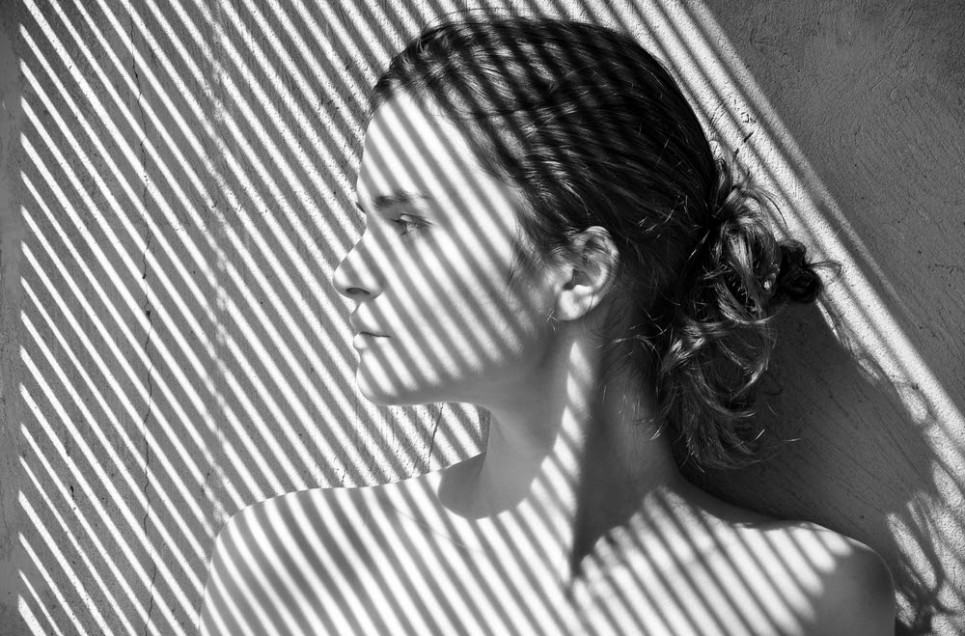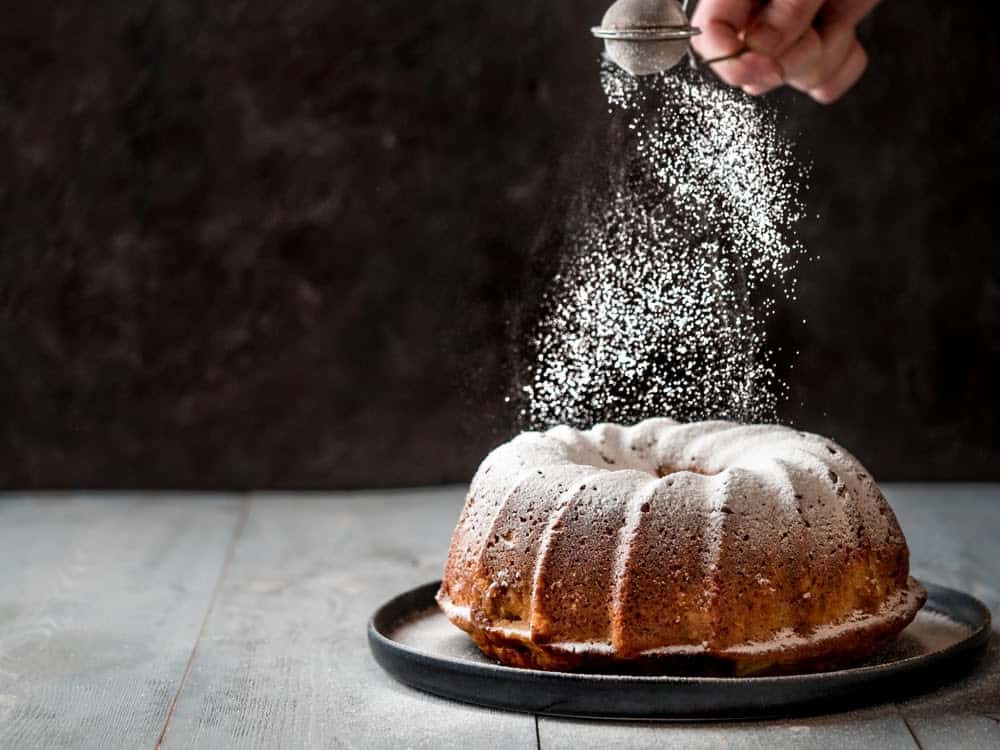Whether you are cooped up in the house because it is too hot or cold outside, or there’s an international pandemic outside, you have to find ways to entertain yourself. Why not try your hand at photography and see what you come up with? You may be surprised at how different angles and different lighting settings can create entirely different moods! You will need some photography basics: a camera, a tripod, and photo editing software like Photoshop. Get ready to learn some fun photography ideas that you can try at home. Your friends and family will wow at your awesome photos. You don’t have to tell them your editing secrets, unless you want! From capturing mesmerizing light patterns to amazing water droplets, you can make professional-like images. Do you want to take close-up shots of food or jewels? Keep reading to learn 40 ways to re-create amazing indoor photography ideas.

40. Clone yourself, or your pet, or anything you want!
To pull this nifty trick, you’ll need to make sure you get a shot of the background you want to clone your subject against, whether it’s a couch, a wall, or a painting. The camera’s angle must not move so you can layer each image on top of each other. If you are taking pictures of yourself, make sure you have a timer too! You can be in the same outfit or change it up between takes.

Once you have all the poses you want, start layering them in your photo editing software. That is where shooting from the same angle comes in handy. If the cloned images overlap, start from the back of the photo, spatially speaking, and add them on top of each other until you are satisfied with the result. Don’t forget to add any other effects or filters with the editing software – make your photos as soft and warm or bold and stark as you want them to be. You can tell quite an interesting story with this technique!















































































